December 30, 2015
UK Government opens consultation on its new national digital strategy 0
 Digital Economy Minister Ed Vaizey has called on members of the public and industry to share their ideas on how the UK’s digital revolution can be taken to the next stage. The announcement of the consultation follows what the Government claims was a successful first stage of its strategy with the creation of digital clusters in East London, centred on Tech City. Five years on, the Government claims that the UK is now truly a ‘Tech Nation’ with more than 70 per cent of digital businesses now based outside of the capital. According to Vaizey, “this revolution has been led by entrepreneurs but supported by Government in creating the right environment for ideas and businesses to flourish. Government is now looking at a new Digital Strategy for the UK for the next five years. It wants the UK to be synonymous with digital – a place where digital technologies transform day-to-day life, the economy and government.”
Digital Economy Minister Ed Vaizey has called on members of the public and industry to share their ideas on how the UK’s digital revolution can be taken to the next stage. The announcement of the consultation follows what the Government claims was a successful first stage of its strategy with the creation of digital clusters in East London, centred on Tech City. Five years on, the Government claims that the UK is now truly a ‘Tech Nation’ with more than 70 per cent of digital businesses now based outside of the capital. According to Vaizey, “this revolution has been led by entrepreneurs but supported by Government in creating the right environment for ideas and businesses to flourish. Government is now looking at a new Digital Strategy for the UK for the next five years. It wants the UK to be synonymous with digital – a place where digital technologies transform day-to-day life, the economy and government.”






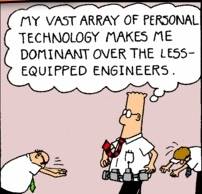
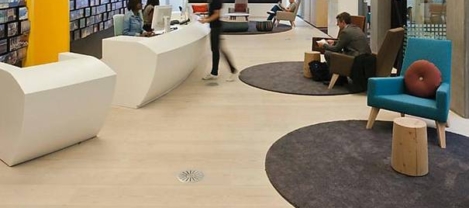
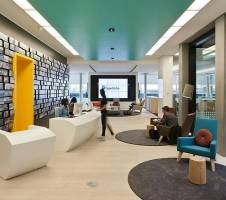









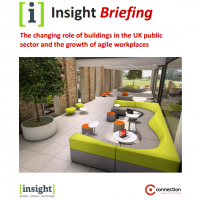




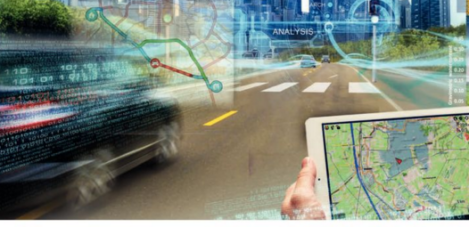
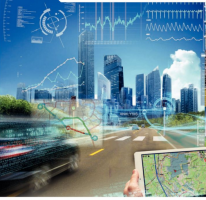










November 23, 2015
The benefits of peeling back the layers of the workplace onion 0
by Darren Bilsborough • Comment, Flexible working, Technology, Workplace, Workplace design
More →